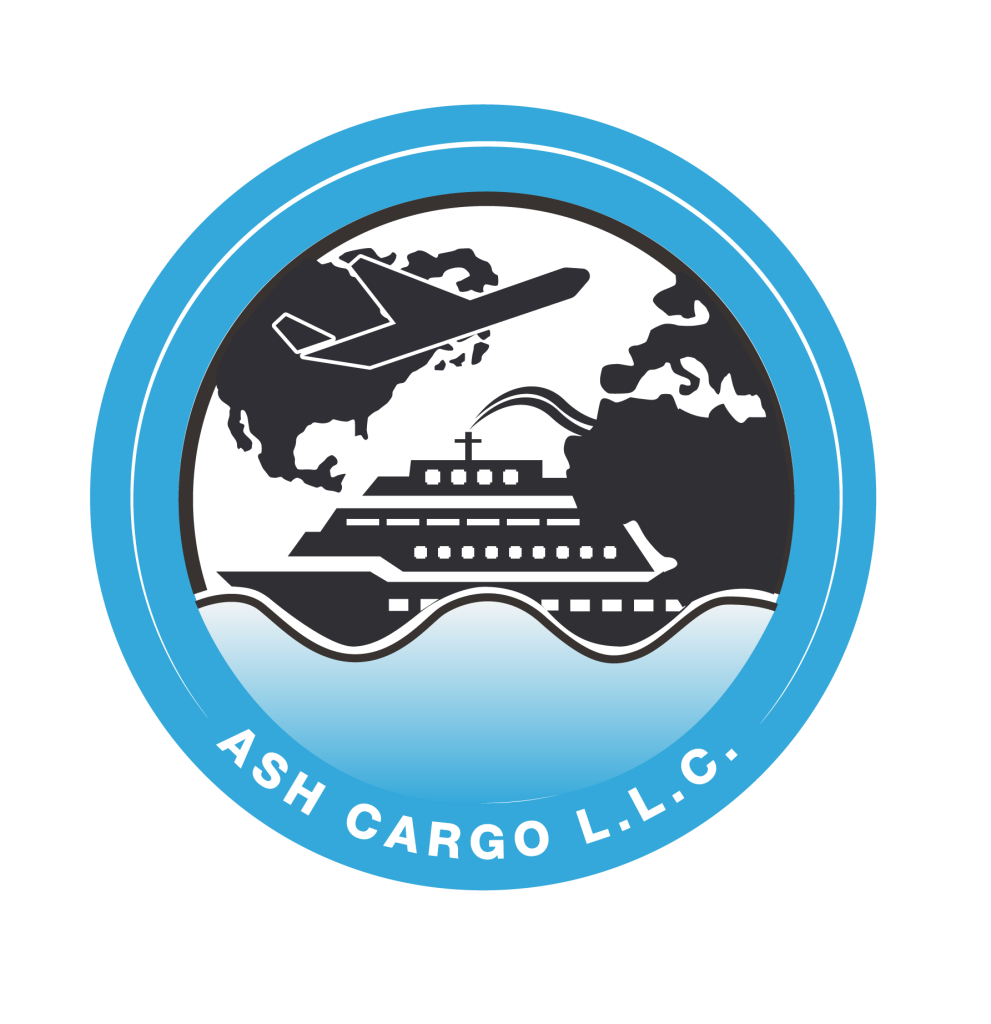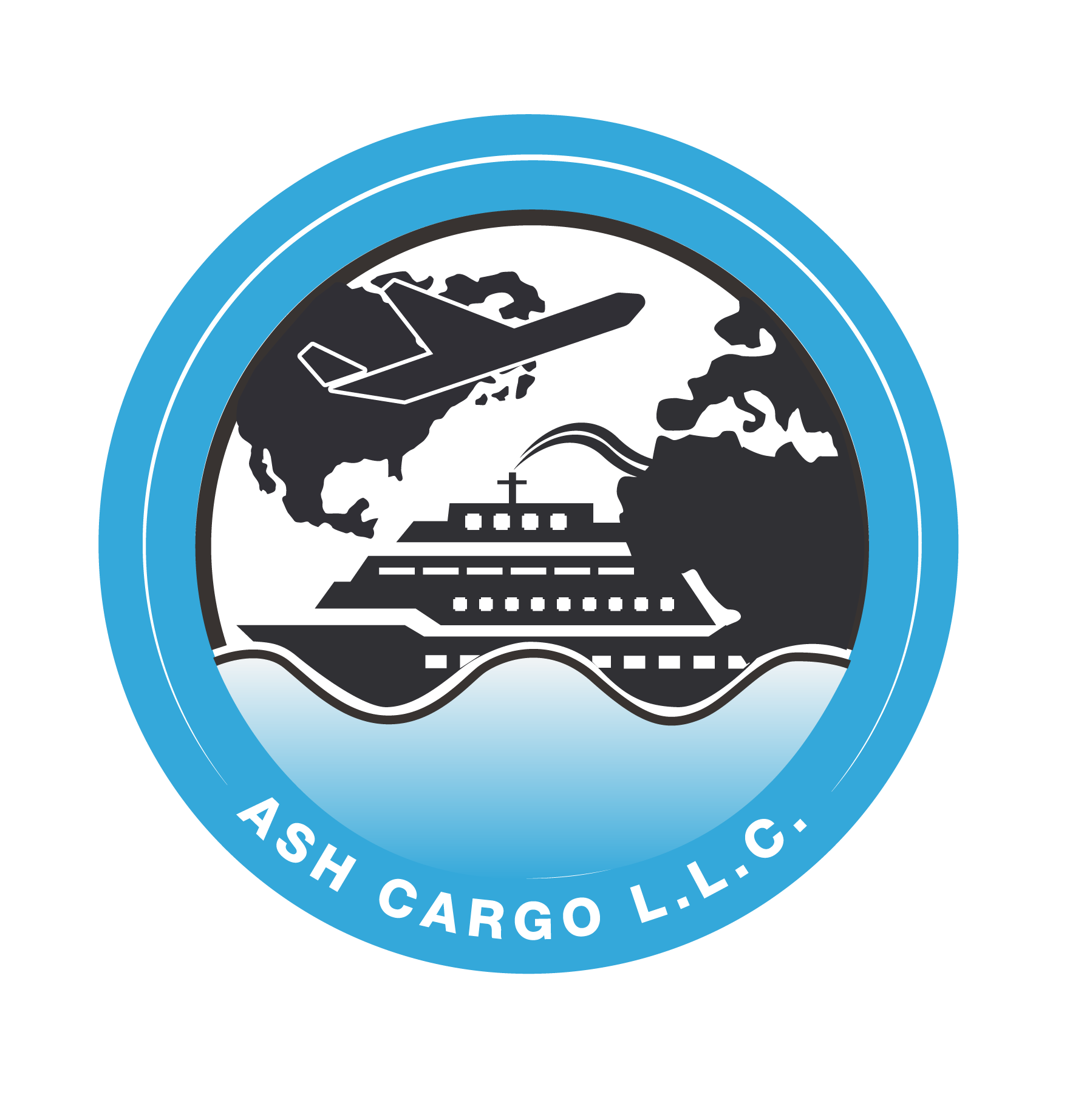Shipment consolidation

A consolidated shipment is the result of combining multiple LTL shipments from various shippers into one full container (multi-stop truckload) shipment. Consolidated shipping allows shippers to earn preferred rates and helps optimize supply chain logistics by saving time and reducing cost.
Consolidated shipping is ideal for someone that might only have a few pallets of freight or smaller shipments they need packaged and shipped in one container. More often than not, shipments will arrive from various locations and suppliers, and in order to avoid paying a higher rate, shippers will consolidate them into one single shipment.
To help break down consolidated shipments and why they are so important, we wanted to provide clarity around the term and its relationship with the freight industry. To do so, we’ve outlined a few of the benefits and potential challenges.
Benefits of consolidated shipping
Cost efficient: Many shippers believe this is the most important benefit of freight consolidation. If you only use half or two-thirds of a trailer, you will typically still have to pay for the entire space. Consolidation allows you to combine multiple LTL shipments that are traveling in the same vicinity into one full truckload shipment, while only paying for the space that their freight takes up.
Reduced damage risk: Even with all the advancements in freight shipping, damaged freight is still a lingering issue. Consolidated shipping uses a method that not only is more cost-efficient, but also considerably reduces the on-again, and off-again handling of the product, as freight only must travel between the shipper, consolidation center, and receiver/consignee. With fewer touchpoints, the risk of damaged goods is significantly lowered.


Potential consolidated shipping challenges
Securing a carrier: Due to the added complexity of consolidation, not all carriers are willing to transport consolidated shipments. Even when you are able to successfully find a carrier that’s willing and able to transport consolidated shipments, be sure that you are well informed of this carrier and that you are being charged correctly. Partnering with an online consolidated freight service provider can help to ensure you get a fair rate when determining the right carrier and also allows you to access the carrier network.More time spent planning: Consolidated shipping requires additional time spent organizing and planning. You will need to be extra careful and aware of factors such as pricing, dimensions, timing, and many other specifics to guarantee that their delivery arrives both safely and promptly.
Time consumption: As briefly mentioned before, consolidated shipments can occasionally (typically) take more time than other FTL shipping methods due to the need for additional steps within the process (consolidation and deconsolidation). Before planning a consolidated shipment, shippers must be aware of the entire process and plan accordingly.


